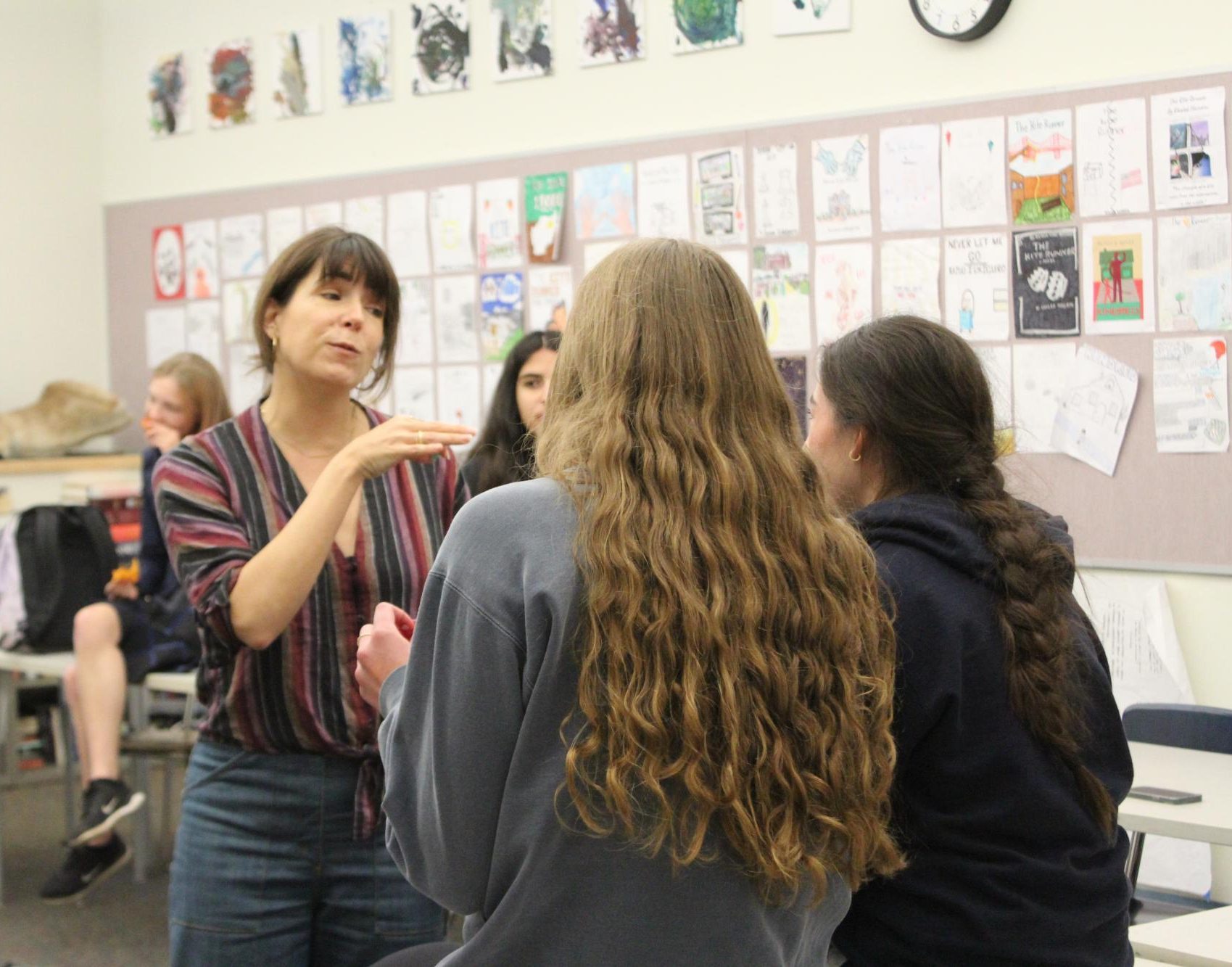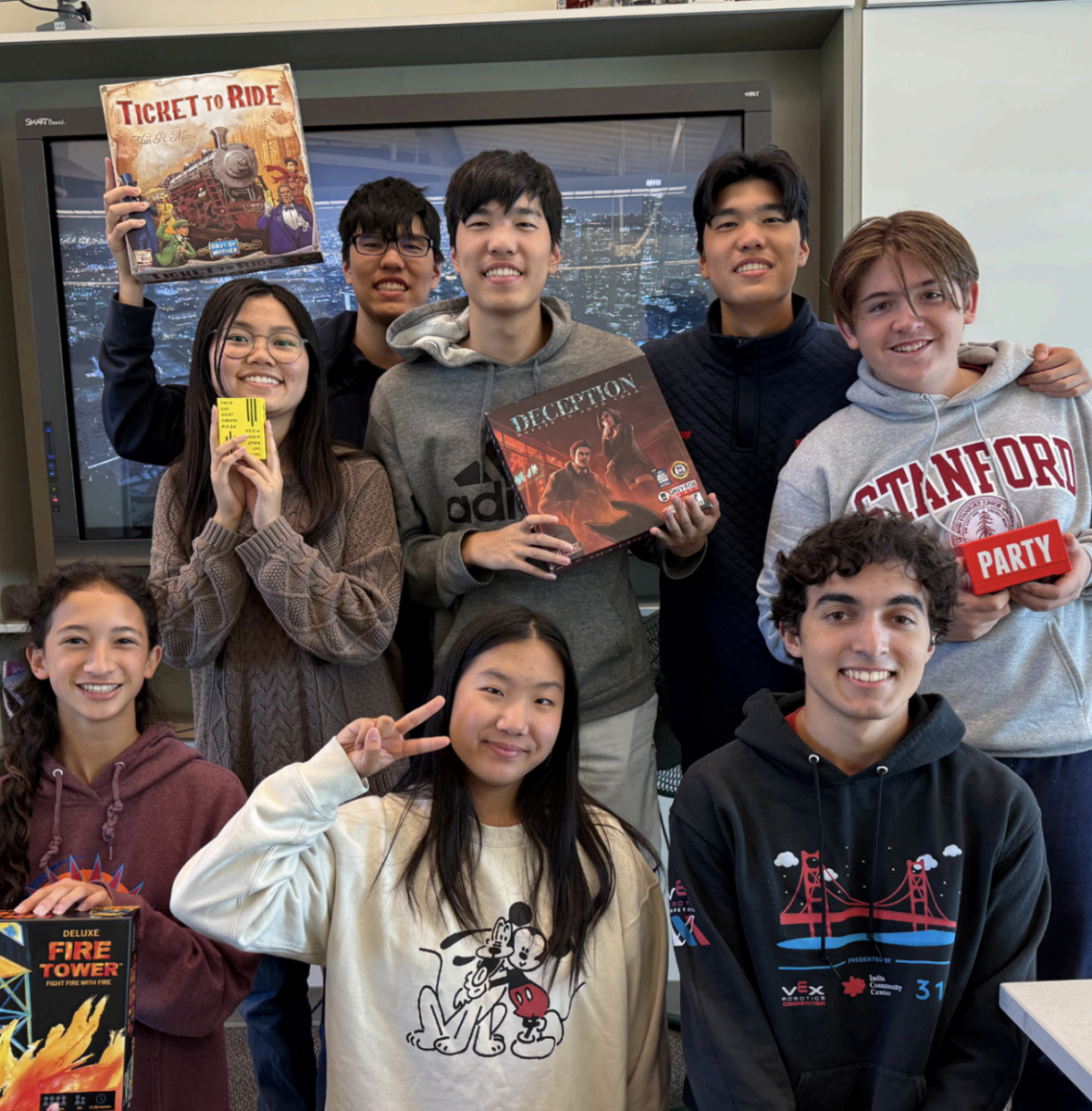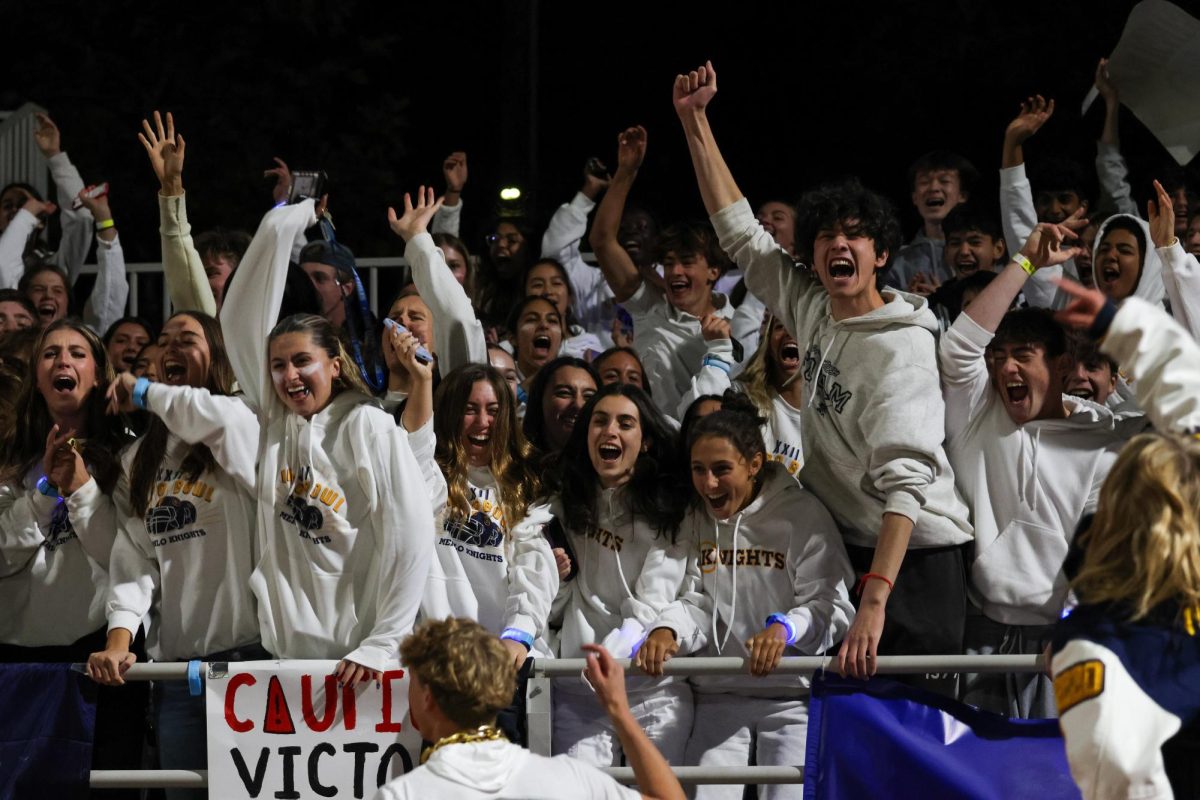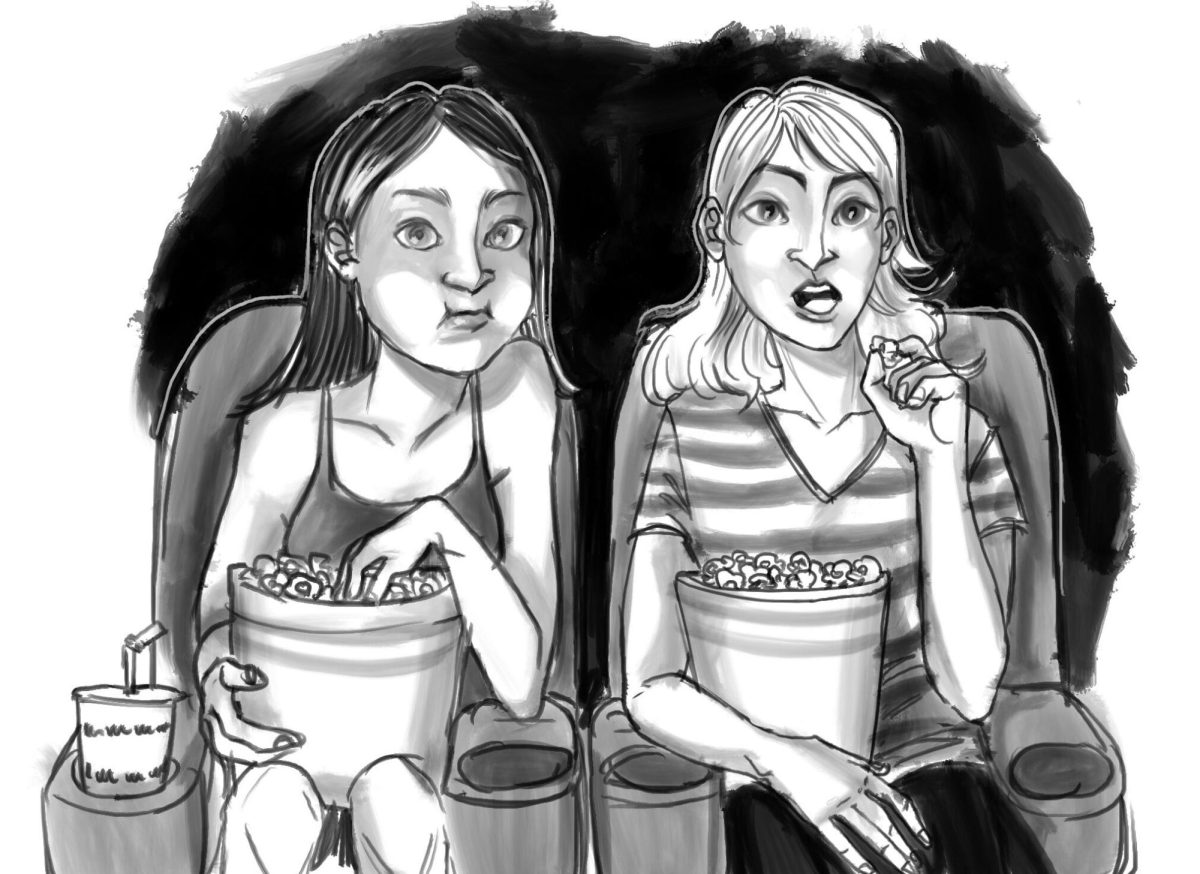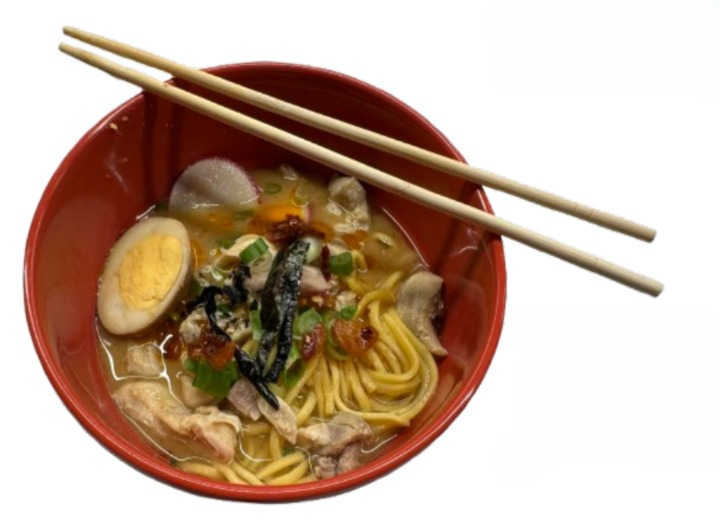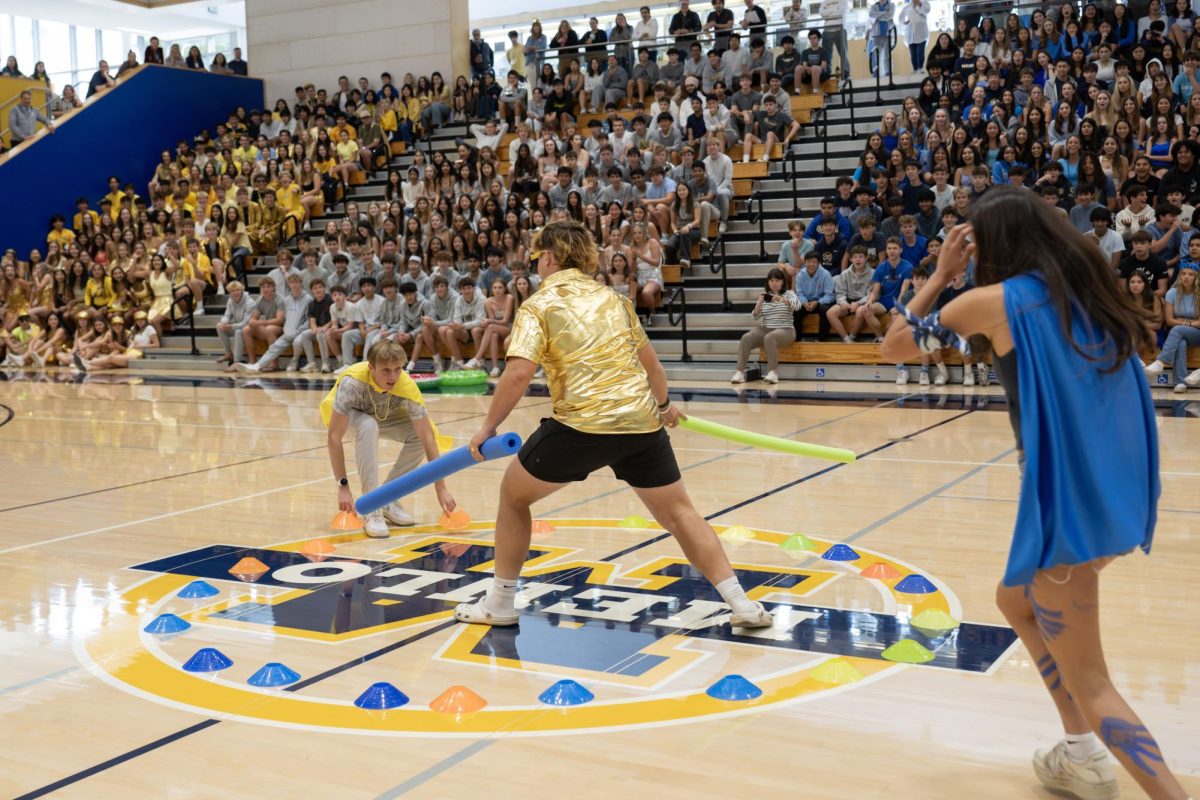There are about 13 advocacies per grade at Menlo, all of which give students a unique experience; no two groups structure their time together in the same way. Considering this, what is the best approach to running an advocacy? Ample time for homework? A space for reflection or casual chatting about the week? Competitions and games?
I’ve had two different advocates in my three years at Menlo’s upper school, and they had drastically different ways of structuring advocacy. My first advocate took a more hands-off approach. With little structure, I used my advocacy time every week as a fourth tutorial. Conversely, my current advocate prioritizes community building, resulting in weekly discussions that have helped me get to know the students in my advocacy better. I believe that a balance between the two styles makes for the best advocacy structure.
A more detached advocate allows for arguably more freedom at the cost of a less-bonded community. Getting more time to do homework was incredibly helpful to me and I appreciated the chance to use advocacy time however I wanted. On the other hand, a more hands-on advocate promotes a stronger advocacy bond but comes with less freedom. This year, my advocate uses strategies such as a question of the day for a full-group discussion, and also has a more diligent snack schedule, but is opposed to students using devices or completing assignments during the advocacy block. I find that in order to have a bonded and worthwhile advocacy, communication and routine are crucial; these types of advocacy groups promote support and inclusion, which are extremely important to a student’s growth, giving students a community to lean on.
Junior advocates Katina Ballantyne and Zachary Blickensderfer emphasized the ritual and routine aspects of advocacy as important. “It’s really fun to have rituals with a group,” Ballantyne said. “Even just little check ins or sometimes — kind of corny — I’ll make them complement each other on their birthdays. […] We’ve done white elephant [gift exchanges] every year, and then you kind of start to build memories together,” Ballantyne said. Bonding activities like these can help new groups of students interact and learn new things about each other, and I believe that the point of advocacy is to get to know fellow students better and have an open space to talk. “In my mind, the point of advocacy is to have a group of people on campus that [students] can actually be honest with, and in doing that ritual of coming together every Friday, sitting down together,[you gain] almost a sacred space in which you are honest and you’re vulnerable and you listen to each other,” Blickensderfer said.
I agree with Ballantyne’s and Blickensderfer’s points; getting to know a small group of students is important for community building at Menlo. The members of your advocacy may not be your closest friends, but advocacy provides a space to get to know students in your grade, along with a chance to relax and destress.
Simultaneously, advocacies should occasionally include unstructured free time. I think that it would be beneficial to give students the option to have time to complete extra homework or do some last-minute studying for a test.
Every person’s advocacy experience is subjective, and there is no recipe for a perfect advocacy. However, incorporating values such as consistent connection, feedback and fun activities play a role in making advocacy more enjoyable, productive and meaningful to you.



